Discover Pandipedia
Pandipedia is the world's first encyclopaedia of machine generated content approved by humans. You can contribute by simply searching and clicking/tapping on "Add To Pandipedia" in the answer you like. Learn More
Expand the world's knowledge as you search and help others. Go you!

Emerging digital nomad tech trends for 2025 include significant advancements in communication and collaboration tools. Platforms such as Slack, Microsoft Teams, and Zoom facilitate real-time connectivity among remote workers, while project management software like Notion and Google Workspace enhances teamwork and transparency regardless of location[1].
Additionally, cloud computing technologies, such as Google Drive and Dropbox, enable digital nomads to access and store files securely from anywhere, reducing the risk of data loss[1]. The incorporation of AI and automation in content creation and customer support is also gaining traction, further streamlining the remote work experience[2].
Let's look at alternatives:
- Modify the query.
- Start a new thread.
- Remove sources (if manually added).
- Request a manual search from our human research team.
The Art of Katsuobushi Production
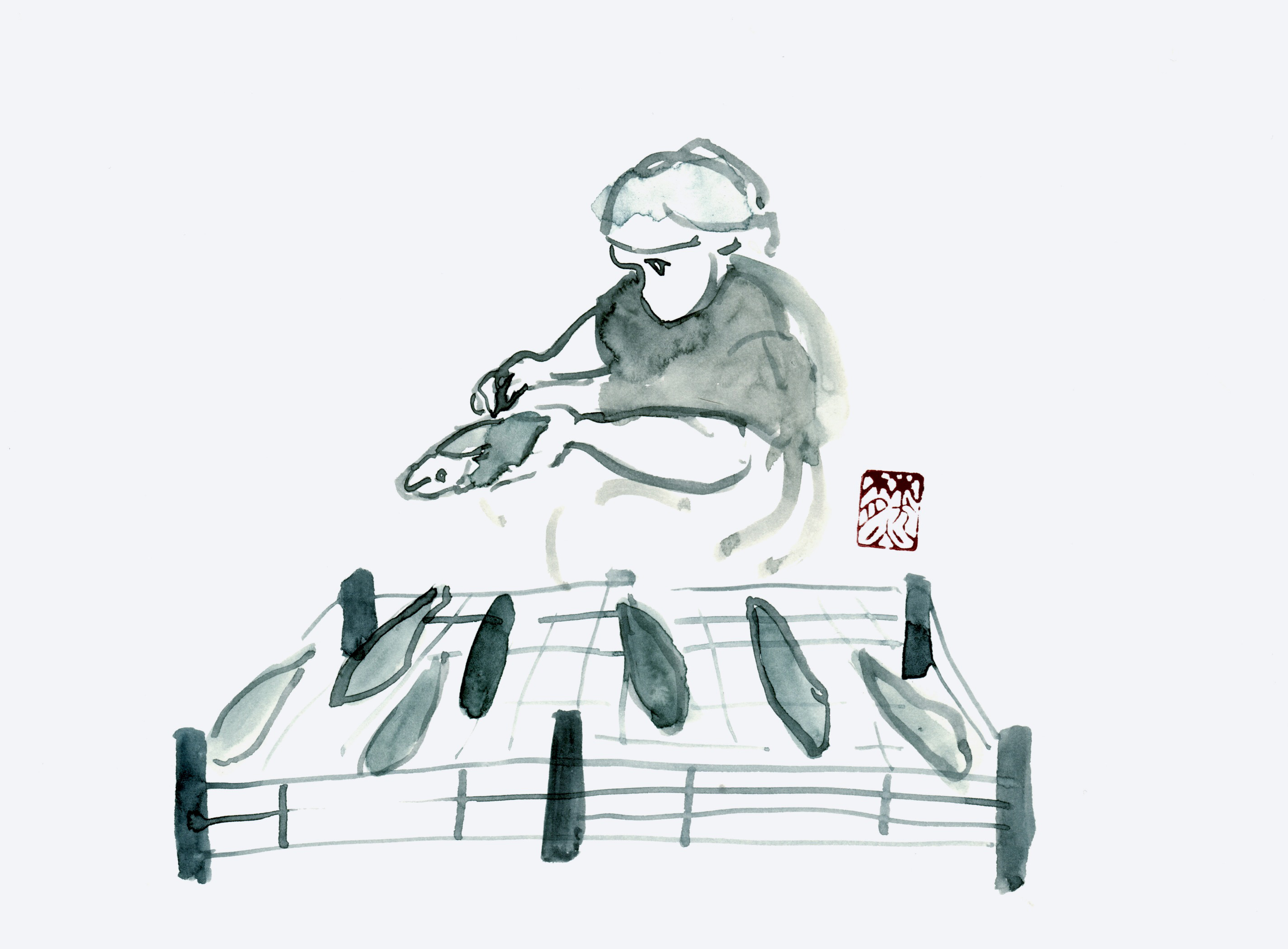
Katsuobushi, a staple ingredient in Japanese cuisine, is made from skipjack tuna, commonly referred to as bonito. The intricate process of creating katsuobushi involves several meticulous steps that can take anywhere from four months to six months to complete. This report outlines the key stages involved in the traditional production of katsuobushi, combining insights from various sources.
Preparation of the Fish
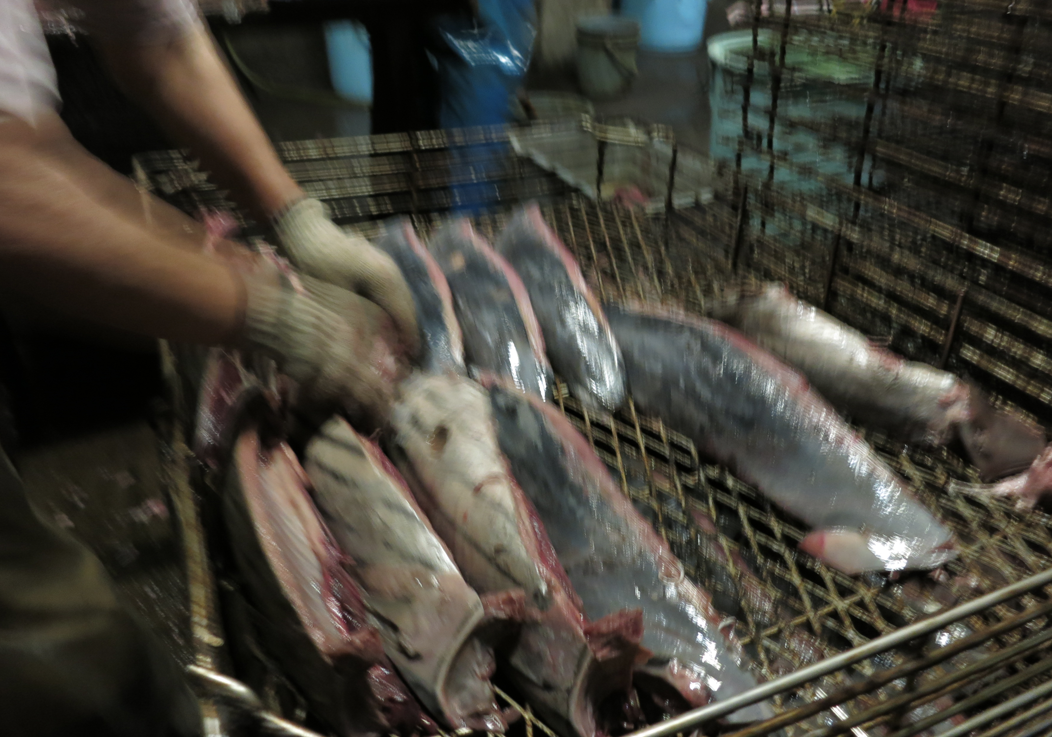
The production begins with high-quality skipjack tuna, which is subjected to a thorough initial examination. The fish are typically flash-frozen on fishing boats to preserve freshness, with freezing temperatures reaching as low as -50 °C. Upon arrival at processing facilities, the fish are beheaded, gutted, and filleted. The filleting process yields four pieces from each fish – two back fillets and two belly fillets. These are then cleaned with water before moving on to the next step[1][3][5].
Simmering

Once filleted, the fish is arranged in metal baskets and immersed in hot water just below boiling (around 75 to 98 °C) for a period of 60 to 90 minutes. This simmering process serves multiple purposes: it firms up the flesh, enhances the umami flavor by eliminating any fishy odor, and makes it easier to remove small bones afterward. After simmering, any remaining bones and part of the skin are removed by hand to ensure a clean, high-quality product[5][8][12].
Smoking
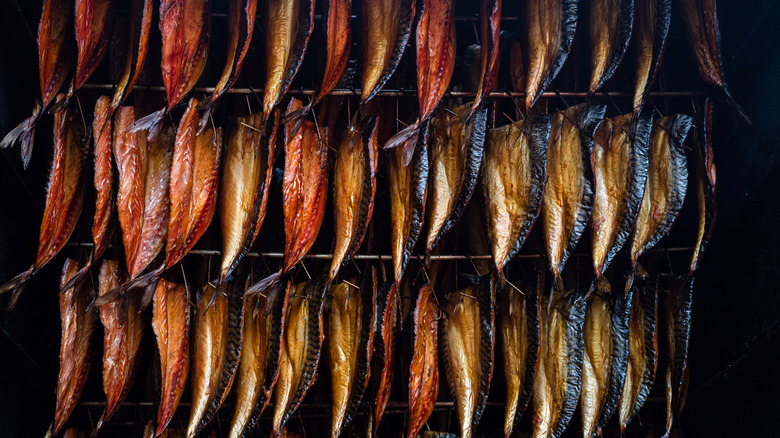
The next phase involves a significant smoking process, which is crucial for flavor and preservation. Traditionally, the fillets are smoked using various types of wood, including oak, pasania, or castanopsis. The smoking is performed in stages; the fish may spend days in smoking rooms, with each session lasting from five to six hours, followed by resting periods of one day. This cycle is repeated 12 to 15 times. Each round of smoking further enhances the flavor and dryness of the fish, resulting in a product known as Arabushi[3][8][12][16].
Mending and Shaping

After smoking, any imperfections or cracks in the fillets are repaired using a paste made from boiled and raw fish flesh. This not only improves the aesthetic quality of the fillets but also facilitates the even drying of the fish. The mended fillets are then subjected to further smoking, which may occur alongside the previous processes, enhancing both texture and flavor[1][5][9].
Drying and Fermentation
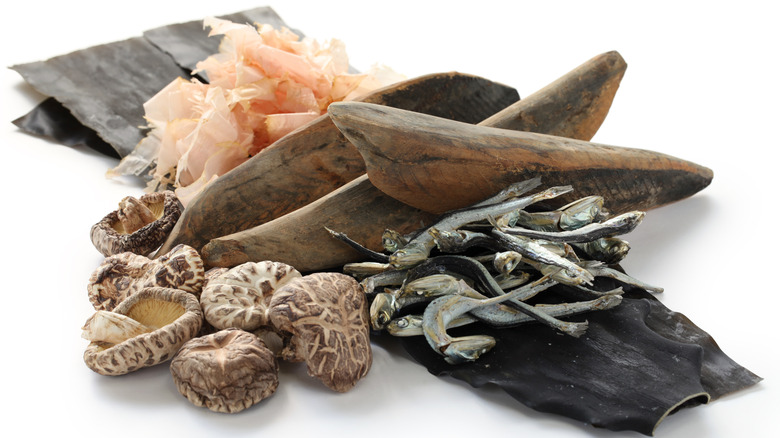
Following the smoking phases, the fillets undergo sun-drying for a short duration to help develop the mold growth needed in later processes. These fillets, after initial drying, are sprayed with a specific mold (Aspergillus glaucus) to commence fermentation. This stage can last from two to six weeks, wherein the mold breaks down residual moisture and imparts unique flavors. The fillets undergo a drying cycle that is repeated multiple times – between three to six cycles – during which scraping and additional sun-drying are carried out[7][11][12].
After approximately four months of this extensive process, the end product is identified as Honkarebushi, the true form of katsuobushi, characterized by extremely low moisture content (typically 12 to 15%) and a hardness akin to that of wood[1][5][6][8]. The meticulous drying and fermentation results in the preservation of umami and enhances the flavor profile that is essential in Japanese cooking.
Final Processing: Shaving
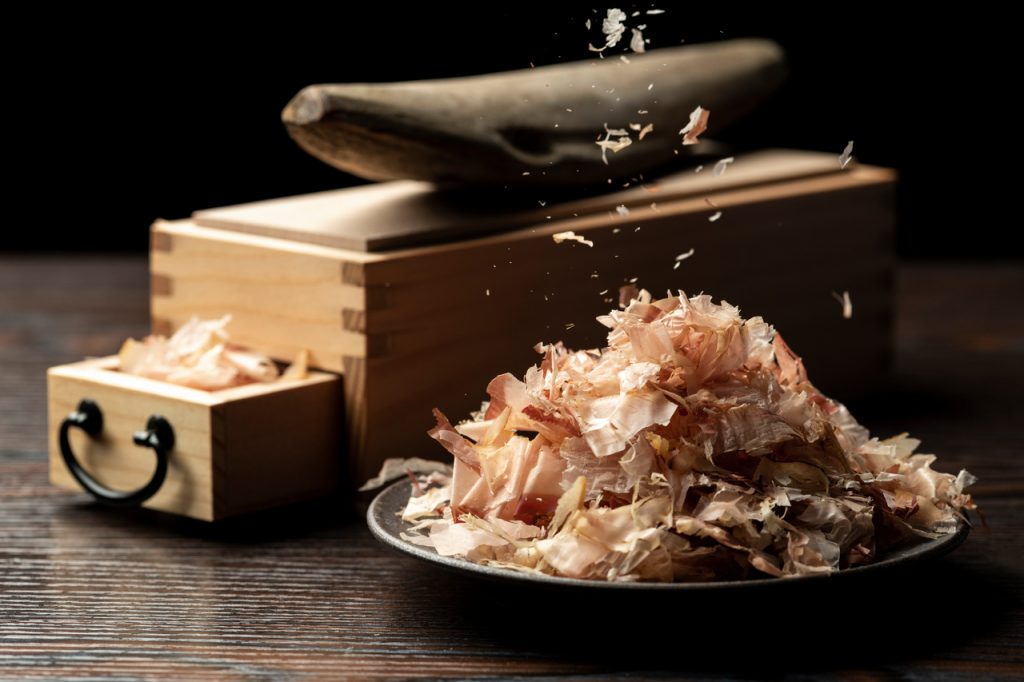
Once fully dried and cured, the katsuobushi is shaved into thin flakes, which are known as kezurikatsuo. This process may vary based on customer preference regarding the thickness of the shavings. The shaved product is primarily used for preparing dashi (a flavorful stock), enhancing a range of dishes within Japanese cuisine[2][6][8].
Conclusion
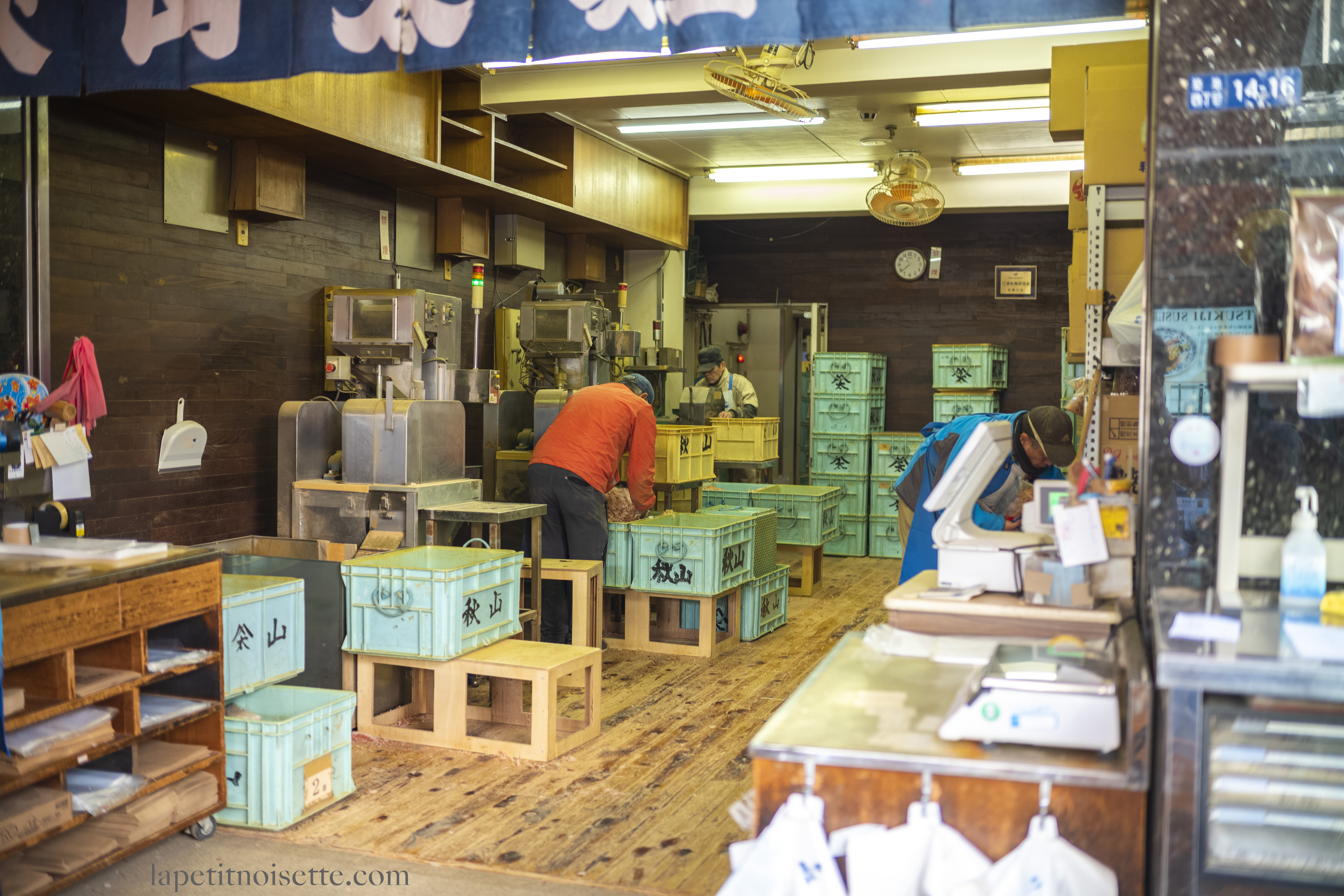
The preparation of katsuobushi embodies a blend of tradition, skill, and labor-intensive practices that have been refined over centuries. The resulting product not only plays a vital role in enhancing the flavors of various dishes but also represents an important aspect of Japan's culinary heritage. By investing time and care into its production, katsuobushi continues to be a unique and valued ingredient in Japanese cuisine, celebrated for its umami-rich characteristics and historical significance.
Let's look at alternatives:
- Modify the query.
- Start a new thread.
- Remove sources (if manually added).
- Request a manual search from our human research team.
Get more accurate answers with Super Search, upload files, personalised discovery feed, save searches and contribute to the PandiPedia.

Hair does not grow at the same speed for everyone. According to the sources, hair growth rates vary based on multiple factors such as age, ethnicity, and individual health. On average, hair grows between 0.5 and 1.7 centimeters per month, but this rate can be influenced by genetics and other personal factors[1][2].
Additionally, studies have shown that different ethnic groups may have varying growth rates, with Asian hair reported to grow the fastest, followed by Caucasian and then African hair[3][4]. Age also plays a significant role, as hair growth tends to be optimal between the ages of 15 and 30, with a noticeable decrease in growth speed as one ages[2][4].
Overall, while there is an average rate of hair growth, individual variations are substantial.
Let's look at alternatives:
- Modify the query.
- Start a new thread.
- Remove sources (if manually added).
- Request a manual search from our human research team.
Let's look at alternatives:
- Modify the query.
- Start a new thread.
- Remove sources (if manually added).
- Request a manual search from our human research team.

The Vietnam War was primarily driven by the conflict between the communist government of North Vietnam, supported by the Soviet Union and China, and the anti-communist government of South Vietnam, backed by the United States. U.S. involvement escalated under Presidents Kennedy and Johnson, with the latter significantly increasing troop levels and military action in response to the Viet Cong threat and the perceived need to curb the spread of communism based on the 'domino theory'[1][5].
Ultimately, the war culminated with the United States withdrawing its forces in 1973, leading to South Vietnam's fall to North Vietnam in 1975. The debate over responsibility encompasses U.S. policy decisions, as well as the ambitions of North Vietnamese leadership[2][3].
Let's look at alternatives:
- Modify the query.
- Start a new thread.
- Remove sources (if manually added).
- Request a manual search from our human research team.

Neurons on a chip have demonstrated the capability to learn and play the classic arcade game Pong. This learning occurs through a real-time closed-loop system where electrical stimulation indicates the x and y positions of the ball relative to the paddle. The neural cultures exhibit self-organization and adapt their activity based on feedback, which improves their performance over time, suggesting a move towards goal-directed behavior indicative of intelligence[2][1].
In as little as minutes, these neuronal networks can track the ball and control the paddle, exhibiting a level of adaptability that outperforms traditional deep reinforcement learning algorithms in sample efficiency[2][1]. This advancement highlights the potential of biocomputers in learning and responding dynamically to stimuli in simulated environments.
Let's look at alternatives:
- Modify the query.
- Start a new thread.
- Remove sources (if manually added).
- Request a manual search from our human research team.
Get more accurate answers with Super Search, upload files, personalised discovery feed, save searches and contribute to the PandiPedia.

The first lighthouse of modern days which merits attention is the Tour de Corduan.
Alan Stevenson[1]
The Eddystone lighthouse was a work of very great difficulty.
Alan Stevenson[1]

The dangerous reef called the Inch Cape was well known to the earliest navigators of Scotland.
Alan Stevenson[1]
The Bell-Rock Tower is 100 feet in height.
Alan Stevenson[1]
The advantages of a light on the Eddystone have long been known and acknowledged by seamen.
Alan Stevenson[1]
Let's look at alternatives:
- Modify the query.
- Start a new thread.
- Remove sources (if manually added).
- Request a manual search from our human research team.

A great film score combines creativity and technical skill, essential for enhancing the narrative and emotional depth of a film. Key elements include strong melodies that resonate with audiences, harmony for emotional impact, and rhythm to match the scene's pacing, whether it’s a high-intensity action sequence or a quiet moment of reflection[2][4].
Collaboration between the composer and director is crucial, as it ensures that music complements the visuals without overpowering them. The score should encapsulate the film's essence and be tailored to convey specific emotions, whether through themes associated with characters or by setting the overall tone[5][6].
Let's look at alternatives:
- Modify the query.
- Start a new thread.
- Remove sources (if manually added).
- Request a manual search from our human research team.

Yes, Google Maps uses inverse reinforcement learning[1] (IRL) to improve its routing feature. The "Massively Scalable Inverse Reinforcement Learning in Google Maps[1]" paper describes how they have used IRL to recover users' preferences and improve the global route match rate[1] in Google Maps by 16–24%. They have also introduced a new IRL algorithm called Receding Horizon Inverse Planning[1] (RHIP) to achieve more accurate and faster route suggestions.
Let's look at alternatives:
- Modify the query.
- Start a new thread.
- Remove sources (if manually added).
- Request a manual search from our human research team.
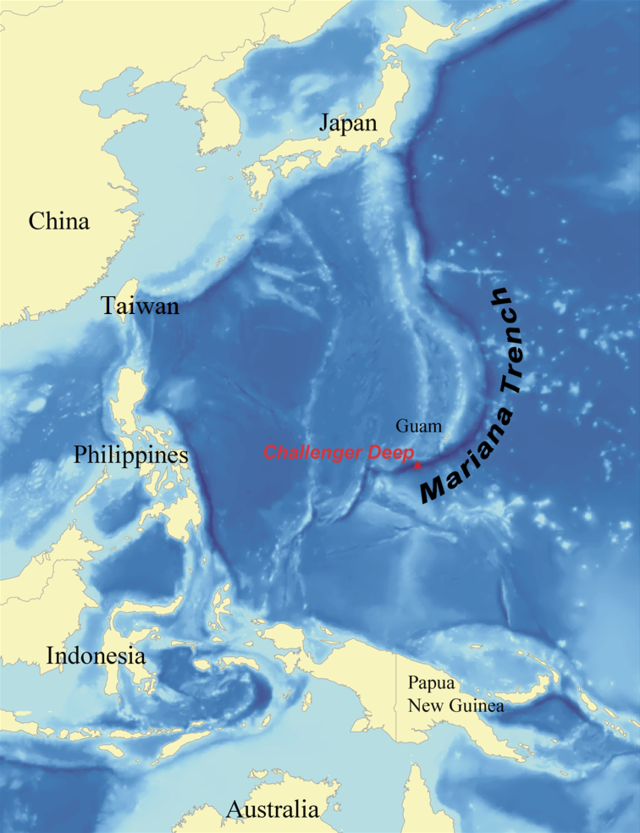
The deepest part of the ocean is the Mariana Trench, specifically a location within it called Challenger Deep. This point reaches approximately 10,984 meters (36,037 feet) below sea level, which makes it the deepest known point on Earth[1][4][6]. If Mount Everest were placed at the bottom of the Mariana Trench, its peak would still be about 7,000 feet underwater, illustrating the extreme depth of this trench[4].
Let's look at alternatives:
- Modify the query.
- Start a new thread.
- Remove sources (if manually added).
- Request a manual search from our human research team.
